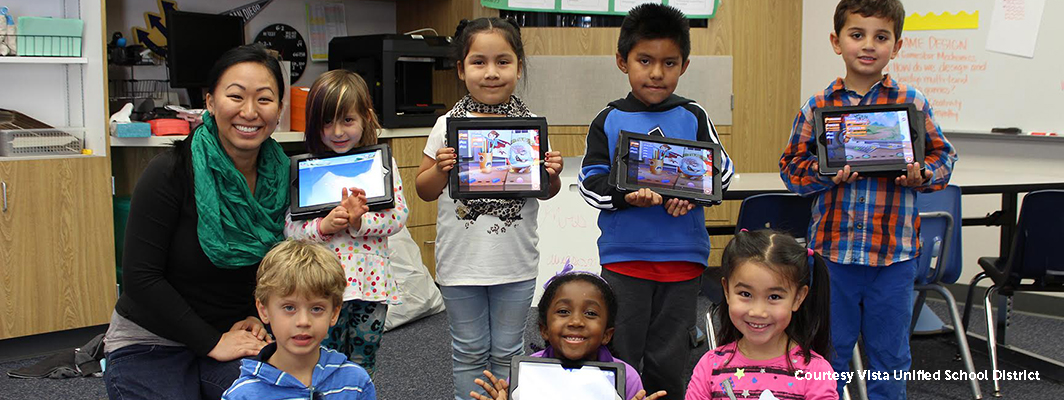
San Diego County offers more than enviable weather and beaches. Inside its borders are two of the nation’s best school districts — Cajon Valley Union School District and Vista Unified School District — that are working to provide students with the highest caliber of education possible.
Vista Unified School District
Vista Unified School District’s (VUSD) mission is “to inspire each and every student to persevere as critical-thinking individuals who collaborate to solve real-world problems.” The district serves 21,104 students, with 67 percent of the population identifying as Hispanic.
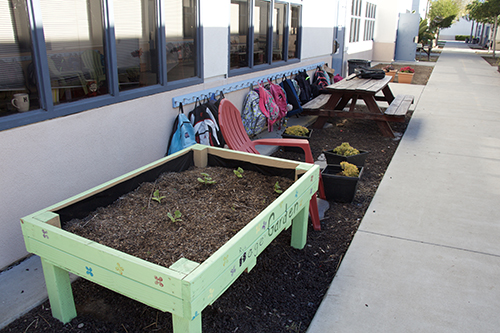
Kindergartners place their backpacks outside in the “hallway” next to a community garden in a Vista elementary school hallway.
VUSD leverages partnerships to provide opportunities to students, and innovates through a curriculum that emphasizes personalized learning, design thinking, strength-based education, maker labs, service learning, and real-world learning opportunities. VUSD has a strong “School of Choice” program through which students may elect to attend schools like Vista Innovation & Design Academy (VIDA), where students are engaged in a middle school curriculum that emphasizes design thinking, STEM, humanities, and creative arts. VIDA and Rancho Minerva, two Vista middle schools, are engaged with Digital Promise’s Verizon Innovative Learning Schools, providing anytime, anywhere access to all students in both schools.
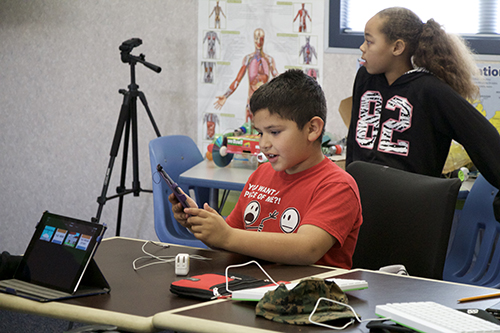
A student at VUSD’s VIDA explains his video project to her class and visitors.
Superintendent Devin Vodicka, named California’s Superintendent of the Year for 2015 by the Association of California School Administrators, notes that the digital transformation has “driven [his] students outside.” Students in the district can be seen collaborating and working on video projects outside of the classroom. Many classroom spaces in VUSD are far from traditional, as the district is creating more flexible learning spaces for students.
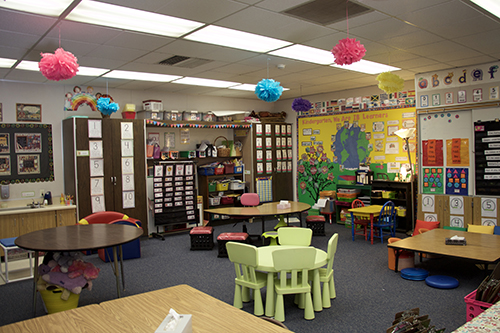
There are no assigned seats in this VUSD kindergarten classroom. Inspired by office spaces like Google, students are encouraged to choose a space each day where they feel they will be most successful.
VUSD is committed to preparing all students to be college- and career-ready when they graduate through collaborations within the district called WAVEpact. Students set goals for themselves, be it two-year college, four-year college, or trade school, that the district commits to help the student meet. VUSD has a guaranteed admission agreement with California State University San Marcos for all students.
Cajon Valley Union School District
With 16,600 students across 28 schools, Cajon Valley Union School District (Cajon Valley) counts at least 69 percent of its student population as low-income and 34 percent as English language learners. The surrounding community is a national arrival center for refugees, with a consistent stream of Iraqi, Afghani, and other refugees from around the world finding a home in the district.
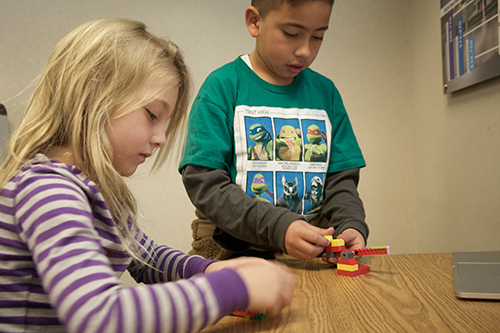
Students at Bostonia Language Academy, a dual language computer science school, work together to bring their code to life. Both students pictured said learning was equally easy in both Spanish and English.
Cajon Valley celebrates the diversity of its students and makes a concerted effort to provide a global education. Montgomery Middle School, an IB World School, works to bring an international perspective to all students’ educational experiences.
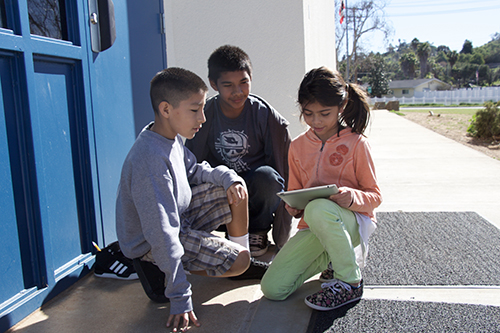
Montgomery students prepare to film their video project for Social Studies, explaining Buddhism and the Eightfold Path.
Cajon Valley is committed to closing the participation gap in computer science by providing early opportunities for all students to get involved. Classrooms of the Future Foundation and TEDx have enabled the district to personalize student learning through modern tools and pathways.

A second grade Cajon Valley student uses block-based coding to design a house.
The district also boasts the first K-3 Language Academy where computer science is taught in Spanish, and the first computer science magnet school in the country. In elementary schools, students systematically begin learning syntax in addition to block-based programming. Outside of class time, the district hosts free Hour of Code Saturdays, offers spring and summer camp scholarships, and leads field trips to Code School.
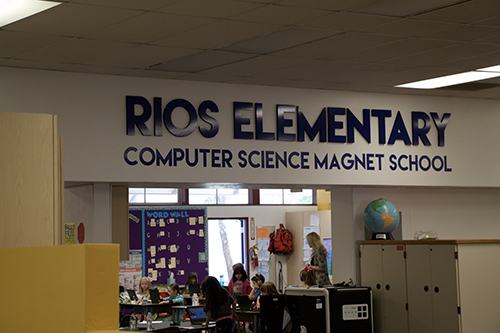
Rios Elementary Computer Science Magnet School has an impressive open layout, with students freely moving between spaces.
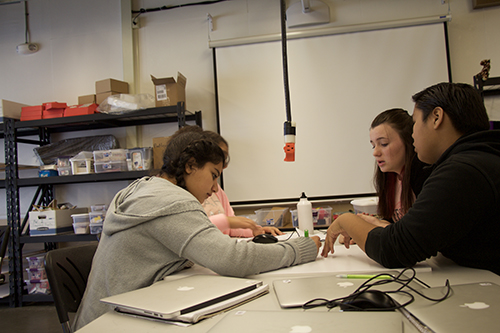
Middle school students are hard at work creating a blueprint for a skate park.
The district takes its work in computer science and innovation seriously — and shares it. The district provides the TED-Ed curriculum to all students, and each year hosts a TEDxKids@ElCajon conference, where these ideas can scale in the community and beyond. Superintendent David Miyashiro, named San Diego County Superintendent of the Year for 2016 by the Association of California School Administrators, sees this as an opportunity to further engage stakeholders both far and near. Students and families are introduced to innovation in technology and science through student TEDx talks and experts, and the district creates a Maker Faire experience for the community in “Innovation Park.”
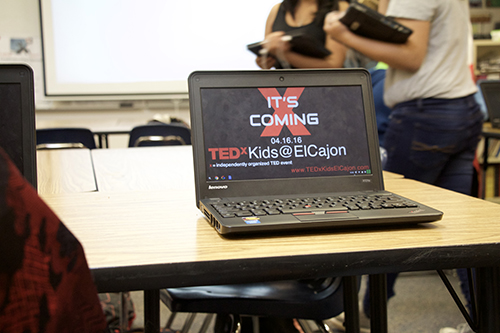
The TEDxKids@ElCajon is a highlight for students each year. This is the computer background of all student computers.
We’re excited to see these schools in action at our League meeting in San Diego County April 17-20. If you are not attending in person, you can follow along by searching our meeting hashtag #LISSD across Twitter, Instagram, and Facebook.